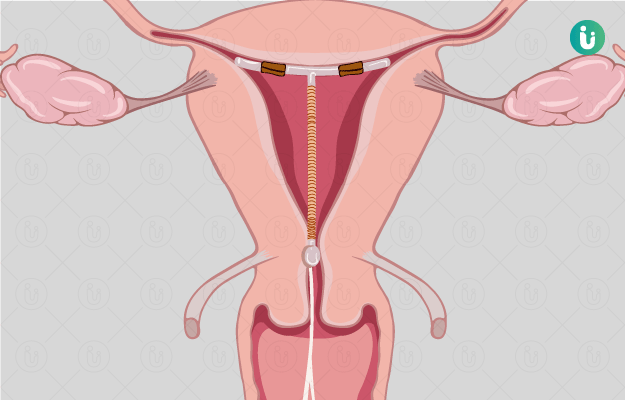Pregnancy is a stage of life when women deal with months of discomfort and pain in the hopes of finally meeting their little bundle of joy, the perfect addition to their family. Pregnant women not only maintain a healthy pregnancy diet and exercise routine, but also go for multiple check-ups during pregnancy, get vaccinations during pregnancy, and even prepare for breastfeeding, infant vaccinations, etc., for when the baby finally arrives.
Complications of pregnancy like stillbirth, however, can stop all of these in the tracks. Stillbirth refers to the loss of pregnancy after the completion of the 20th week of pregnancy. Also known as intrauterine fetal death or demise, stillbirth usually occurs well before the baby can be delivered. Stillbirth rarely occurs during labour - even if it’s premature labour - because the chances are that the baby died in the uterus hours, days or even weeks before labour.
Stillbirth is one of the gravest outcomes and complications of pregnancy. According to the World Health Organization, there were 2.6 million stillbirths globally in 2015. The majority of these occurred in South Asian and sub-Saharan African countries. India had the highest number of stillbirths in 2015, at 592,090.
The Indian government has adopted the India Newborn Action Plan (INAP) to reduce the stillbirth rate from 22 per 1000 to less than 10 stillbirths per 1000 total births by the year 2030. Better documentation, research into stillbirths and information dissemination and better healthcare provisions in rural areas will be used to bring the INAP to fruition.
Read this article to find out everything you need to know about stillbirths.














































